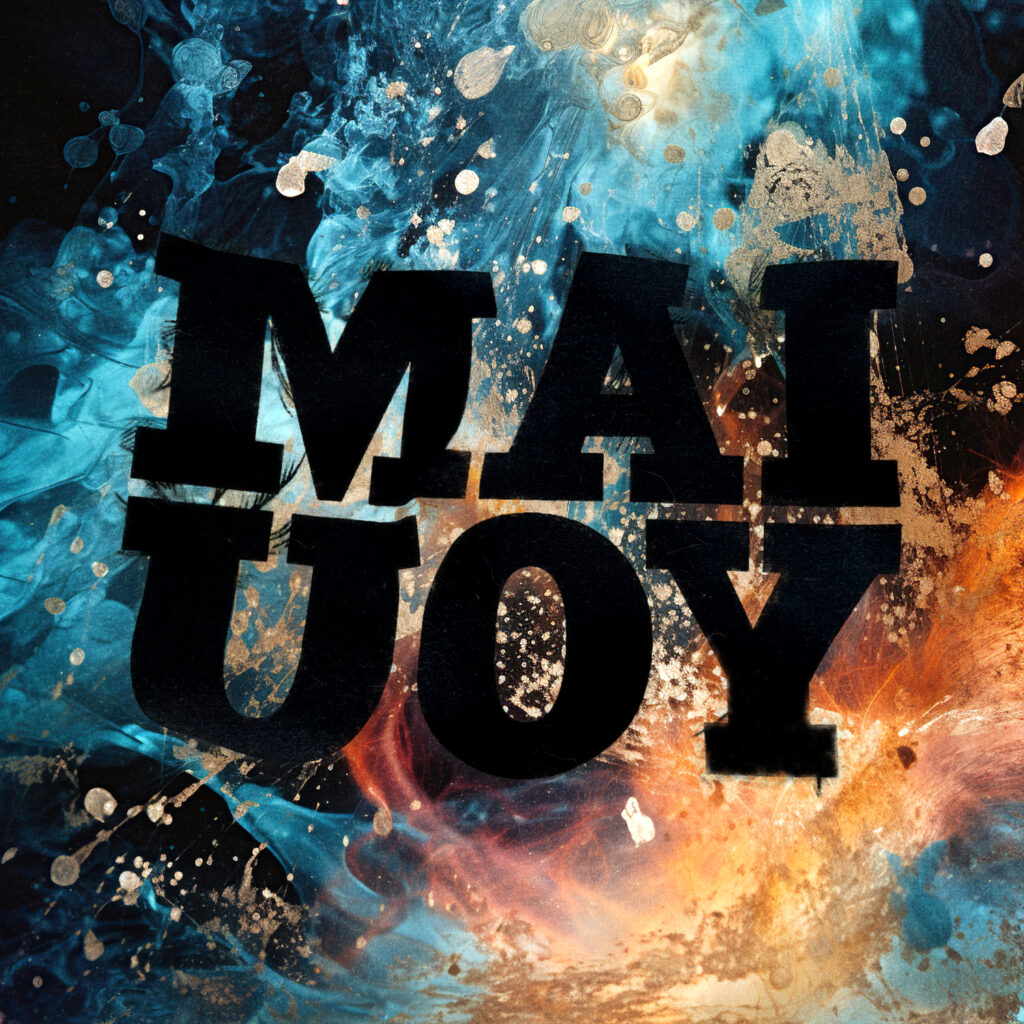UOYMAI — New Single Out 6.10.2023

UOYMAI. I’m happy to share my first single release in three years! It will be out this Friday on all streaming platforms. Sometimes writing a song is like taming a bull. And sometimes a bird flies in through your open studio window and writes the song for you. This song is latter kind. It was […]
Writing A Theory of Love

In spring 2020, I composed a song titled ‘A Theory of Love’. Now, three years later, it’s become more popular than I anticipated, reaching over 2.5 million streams on Spotify and bringing my monthly listeners from under one thousand to 250,000.
Answers to nonexistent questions — website reopened

The world builds on language — and so does the internet. Some weeks ago this website went down because some part of its code (or language) lost its meaning due to an automatic software update. But here it is again with most of its old content salvaged…
